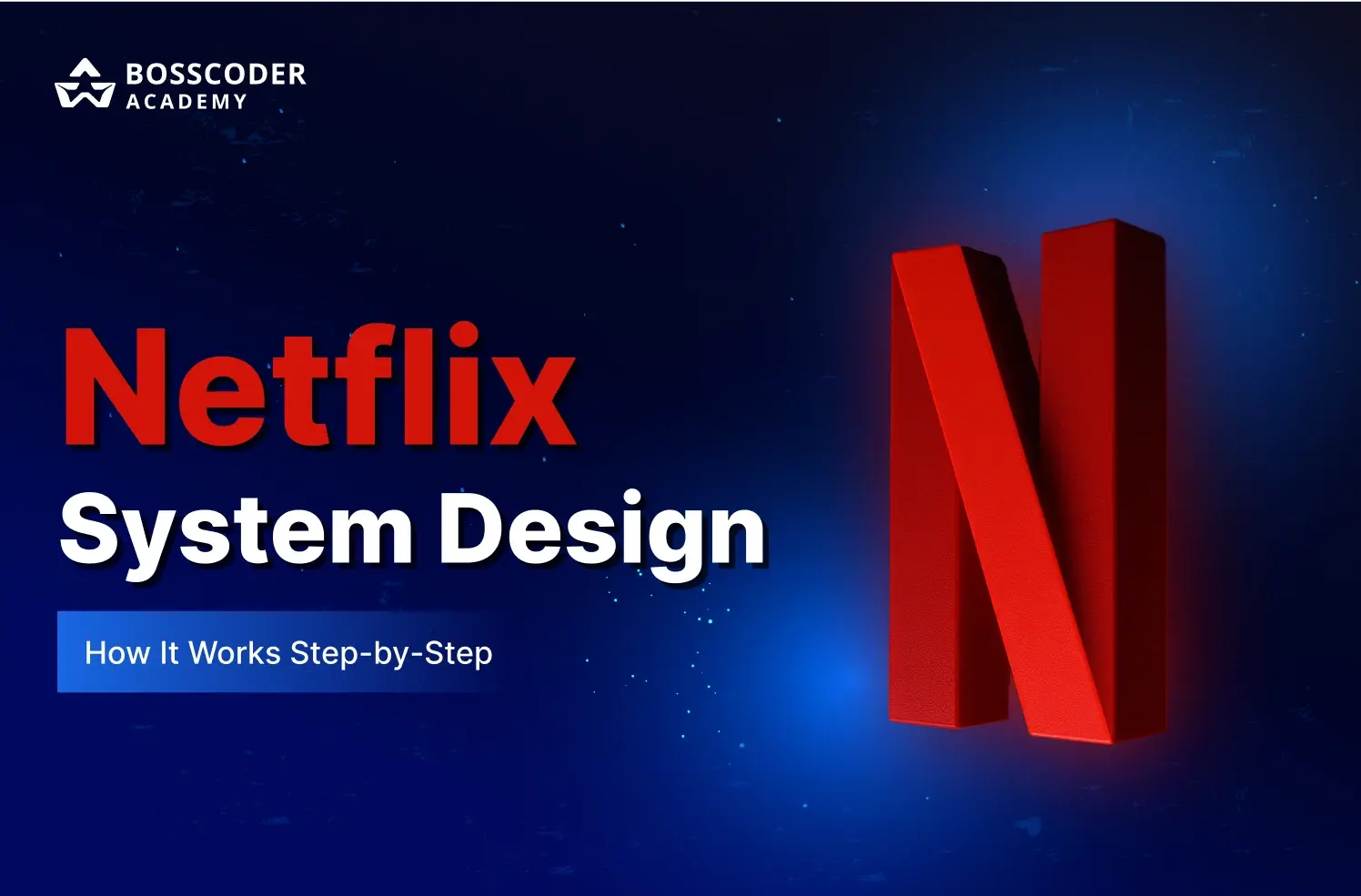What is the Software Development Life Cycle?
Software Development Life Cycle is a process used by the software industry to design, develop, and test good-quality software. SDLC includes all the software development phases from planning to the software's retirement. The life cycle helps to properly phase the planning, implementation, maintenance, and development of the software.
7 Stages of Software Development Life Cycle
Software Development Life Cycle is divided into 7 different phases to make the software development process more efficient. The 7 phases of SDLC include:

Software Development Life Cycle Models
To make Software perform well, different development teams use a variety of SDLC models. Today, there are numerous SDLC models in use, each serving its specific purpose.
Here are some of the most commonly used Models:
Waterfall Model:
A traditional and sequential method of Software Development, where each phase must be finished, in order to start the next phase. This models leaves little room for iterations.
Best for: Projects with pre-decided requirements that’s unlikely to change, for e.eg., FE6B1D`government or large-scale business enterprise projects.

Agile Model:
Agile is an iterative and incremental approach that promotes flexibility, collaboration, and customer feedback. Development occurs in small, attainable increments called "sprints."
Best for Projects requiring repeated updates and versatility, like software startups, etc.

V-Model (Validation and Verification Model):
This model is an extension of the Waterfall model, where each improvement phase is directly related with a corresponding testing segment. This model emphasizes verification and validation at every stage.
Best for: Projects where testing is crucial and needs to be done together with development, like safety-critical systems (e.g., medical gadgets).

Spiral Model:
This model is the combination of iterative development with systematic aspect of Waterfall model. The main focus is on threat evaluation and elimination through “spiral” (repeated cycles).
Best for: Large, complicated, and high-risk projects, where requirements are expected to increase over time.

Iterative Model:
This model revolves around building small portions of software (iterations), which can be improved upon each cycle till the final product is finished. It allows for partial implementation and gradual upgrades.
Best for: Projects with vague or evolving requirements, where a working version of the software is needed early in the development process.

The Need for Software Development Life Cycle (SDLC)
To understand why we need SDLC, let’s consider an example:
Imagine a small e-commerce business that wants to develop a new mobile app to improve customer engagement and boost sales. Excited about the potential, they decided to get right into development without following the Software Development Life Cycle (SDLC).
Here’s what might happen:
When the team jumps right into coding without clearly defining the project scope, requirements, etc., the development would take great deal of time & effort.
And since nothing was pre-discussed, there will be a great Miscommunication around the team and every person would be working on the conflicting version of the app.
The lenient testing phase would also be of no use. And once the app is launched, the users will start reporting multiple issues like bugs, app crashes, etc. This thing sets a bad precedent in the mind of the user and the brand’s reputation is lost.
Now to make up for all the mess, the team would try to make changes in the software, which will lead to increased costs and delays.
And not just this, since, many developers would be overworked while others would be underutilized, all of them would feel demotivated, and unproductive, and when this happens, there’s a great risk of project failure.

Considering all the consequences of not following the SDLC, businesses today are highly adamant and cautious that each Software that is developed follows a proper cycle.
As the systematic phases help in increasing the quality and precision of the product software.










